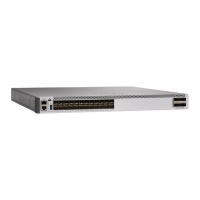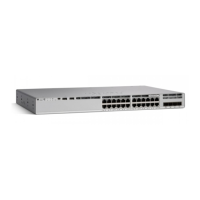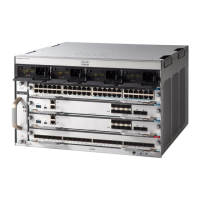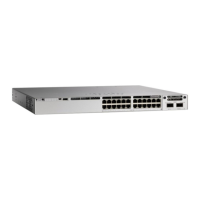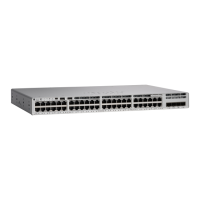If split horizon is enabled, neither autosummary nor interface summary addresses (those configured with
the ip summary-address rip router configuration command) are advertised.
Device(config)# router rip
Device(config-router)# interface gigabitethernet1/0/2
Device(config-if)# ip address 10.1.5.1 255.255.255.0
Device(config-if)# ip summary-address rip 10.2.0.0 255.255.0.0
Device(config-if)# no ip split-horizon
Device(config-if)# exit
Device(config)# router rip
Device(config-router)# network 10.0.0.0
Device(config-router)# neighbor 2.2.2.2 peer-group mygroup
Device(config-router)# end
Note
Information About OSPF
OSPF is an Interior Gateway Protocol (IGP) designed expressly for IP networks, supporting IP subnetting
and tagging of externally derived routing information. OSPF also allows packet authentication and uses IP
multicast when sending and receiving packets. The Cisco implementation supports RFC 1253, OSPF
management information base (MIB).
The Cisco implementation conforms to the OSPF Version 2 specifications with these key features:
•
Definition of stub areas is supported.
•
Routes learned through any IP routing protocol can be redistributed into another IP routing protocol. At
the intradomain level, this means that OSPF can import routes learned through EIGRP and RIP. OSPF
routes can also be exported into RIP.
•
Plain text and MD5 authentication among neighboring routers within an area is supported.
•
Configurable routing interface parameters include interface output cost, retransmission interval, interface
transmit delay, router priority, router dead and hello intervals, and authentication key.
•
Virtual links are supported.
•
Not-so-stubby-areas (NSSAs) per RFC 1587are supported.
OSPF typically requires coordination among many internal routers, area border routers (ABRs) connected to
multiple areas, and autonomous system boundary routers (ASBRs). The minimum configuration would use
all default parameter values, no authentication, and interfaces assigned to areas. If you customize your
environment, you must ensure coordinated configuration of all routers.
OSPF Nonstop Forwarding
The Device or switch stack supports two levels of nonstop forwarding (NSF):
•
OSPF NSF Awareness, on page 90
•
OSPF NSF Capability, on page 90
Routing Configuration Guide, Cisco IOS XE Everest 16.6.x (Catalyst 9500 Switches)
89
Configuring IP Unicast Routing
Information About OSPF
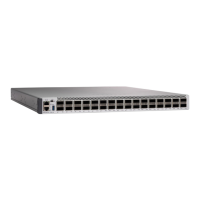
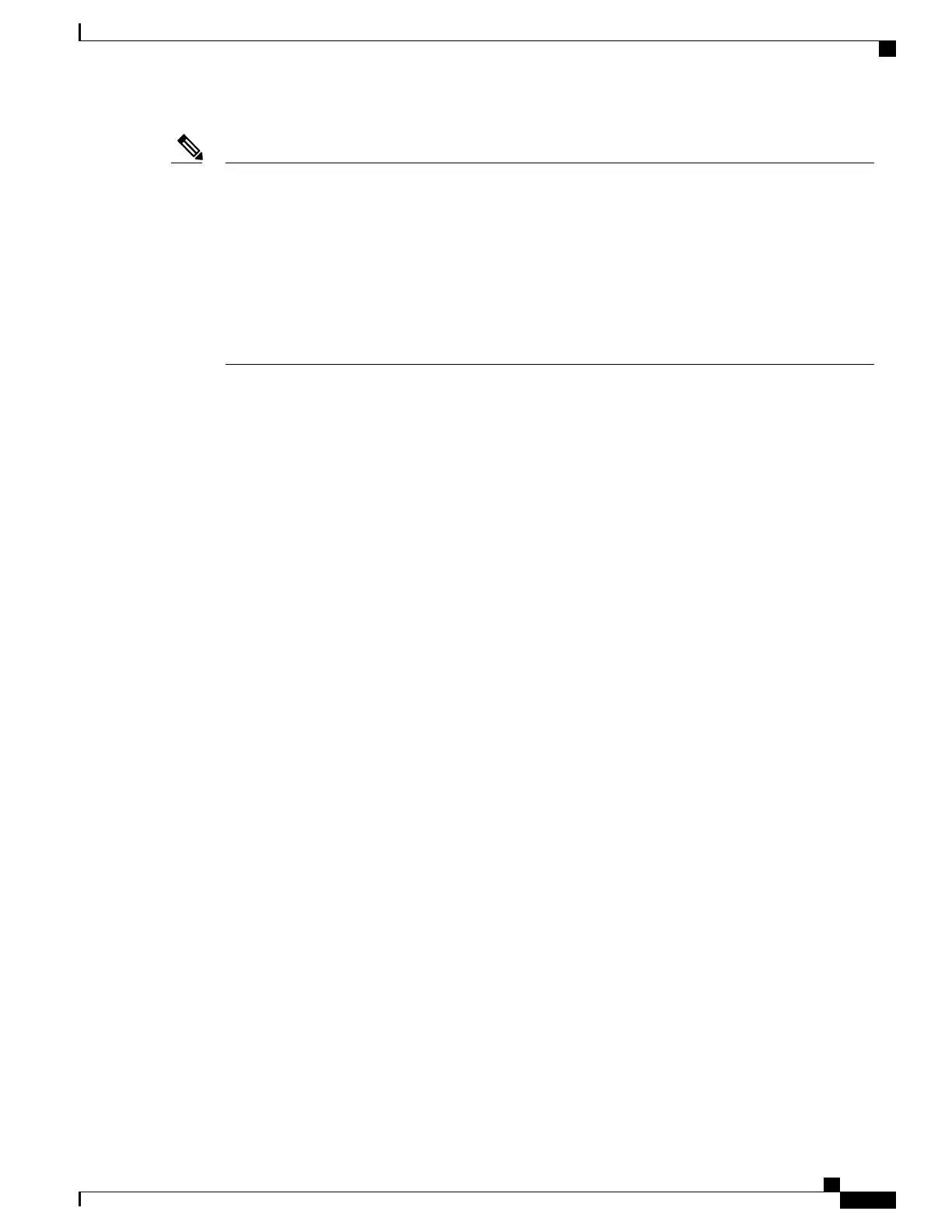